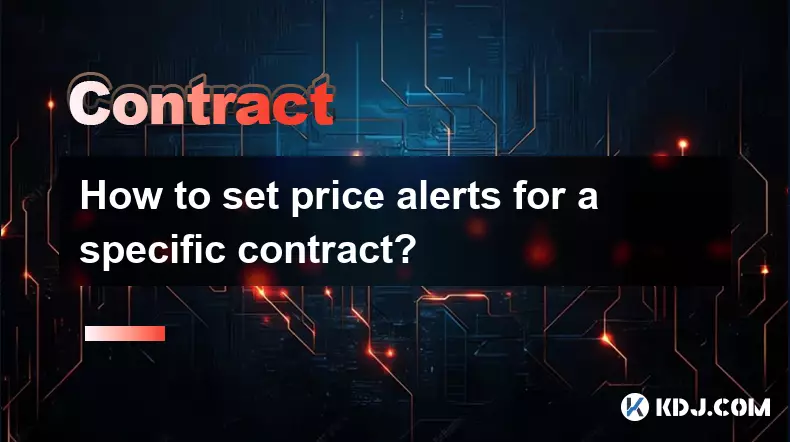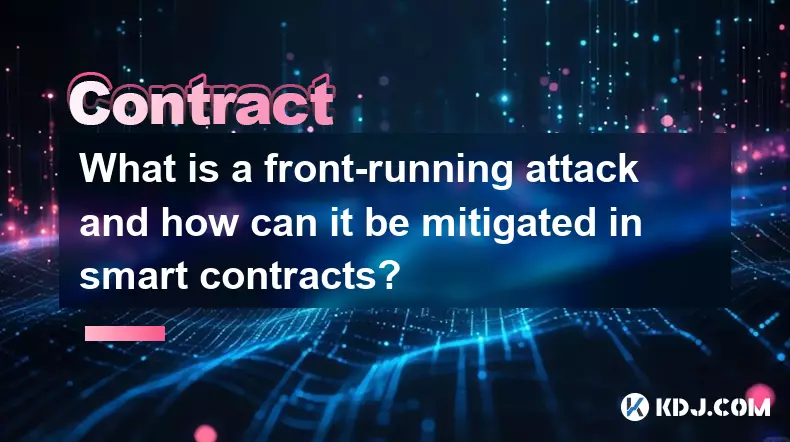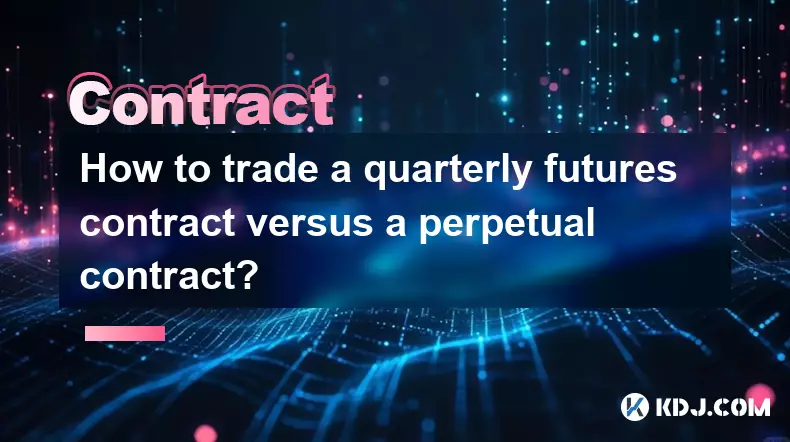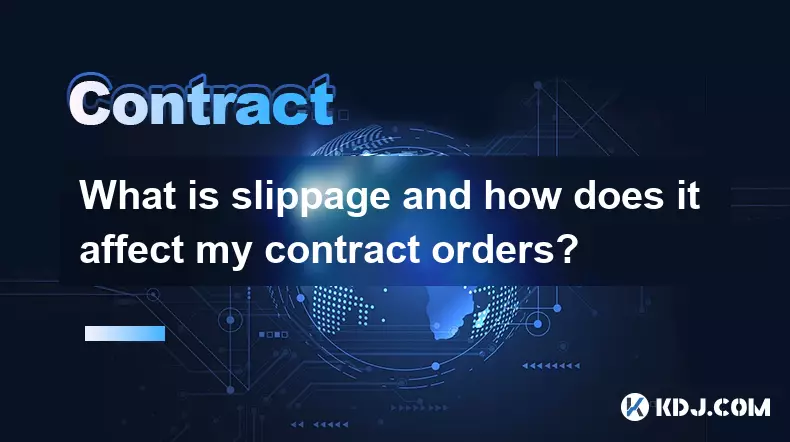-
 bitcoin
bitcoin $102877.190955 USD
1.88% -
 ethereum
ethereum $3430.435064 USD
4.52% -
 tether
tether $0.999264 USD
-0.05% -
 xrp
xrp $2.307310 USD
4.49% -
 bnb
bnb $987.740692 USD
3.82% -
 solana
solana $161.947760 USD
3.97% -
 usd-coin
usd-coin $0.999712 USD
-0.05% -
 tron
tron $0.292810 USD
2.93% -
 dogecoin
dogecoin $0.179738 USD
10.70% -
 cardano
cardano $0.580716 USD
8.75% -
 hyperliquid
hyperliquid $42.463448 USD
8.40% -
 chainlink
chainlink $15.763437 USD
7.05% -
 zcash
zcash $649.595636 USD
17.21% -
 bitcoin-cash
bitcoin-cash $511.610261 USD
7.19% -
 stellar
stellar $0.292537 USD
7.91%
How to set price alerts for a specific contract?
Set accurate crypto price alerts by verifying contract addresses and using trusted platforms like Etherscan or CoinGecko for timely, secure notifications.
Nov 07, 2025 at 09:00 am

Understanding Price Alerts in the Crypto Market
Price alerts serve as essential tools for traders navigating the volatile cryptocurrency landscape. With prices shifting rapidly across exchanges, staying informed about specific contract movements allows users to act promptly. These alerts can be tied to smart contracts, tokens, or trading pairs listed on decentralized and centralized platforms. Setting up notifications ensures that investors do not miss critical market movements even when they are not actively monitoring their portfolios.
Steps to Configure Contract-Based Price Alerts
- Identify the contract address – Every token or derivative product on a blockchain has a unique contract address. This alphanumeric string is required to track the asset accurately. Users must verify this address through trusted sources such as Etherscan, BscScan, or the project’s official website to avoid scams.
- Select a platform that supports custom price alerts – Several blockchain analytics and portfolio management tools like CoinMarketCap, CoinGecko, DeBank, and DexTools allow users to set alerts based on contract addresses. Some wallets, including Trust Wallet and MetaMask (via integrated services), also offer alert functionalities.
- Input the contract address into the monitoring tool – Once logged into the chosen platform, navigate to the price alert section and paste the verified contract address. The system will fetch token details such as symbol, name, and current price if it's a recognized token.
- Define trigger conditions – Set the desired price thresholds. For example, an investor might want to be notified when a token hits $0.45 or drops below $0.30. Alerts can be configured for one-time triggers or recurring notifications based on price fluctuations.
- Choose notification method – Most platforms support push notifications, email alerts, or integration with messaging apps like Telegram. Ensure the selected method is reliable and reaches the user instantly to maintain timely response capability.
Advanced Monitoring Using On-Chain Analytics
- Leverage blockchain explorers with alert systems – Platforms such as Etherscan provide customizable watchlists where users can monitor specific contracts. By creating an account, individuals can set price and transaction-based alerts directly from the explorer interface.
- Use bots for real-time tracking – Telegram and Discord communities often host crypto alert bots that support contract-level monitoring. Commands like /alert [contract_address] [target_price] enable quick setup. These bots pull data from decentralized exchange liquidity pools and oracle feeds to deliver accurate updates.
- Monitor liquidity and whale movements – Advanced users integrate price alerts with additional metrics such as large wallet transfers or sudden changes in pool reserves. Tools like Nansen or Bubblemaps offer premium features that combine price triggers with behavioral analysis of major holders.
- Automate responses using smart contract trackers – Some developers deploy personal scripts or use services like Tenderly to observe contract events. When predefined price levels are reached, these systems can initiate transactions, although caution is advised due to gas costs and execution risks.
Ensuring Accuracy and Security
- Double-check all contract information before setting alerts – Fake tokens with similar names and spoofed addresses are common. Always cross-reference the contract with official project channels and community forums.
- Avoid third-party services requiring private key access – Legitimate alert platforms never ask for seed phrases or private keys. Use only reputable providers with transparent data policies and strong security measures.
- Test the alert system with minor price points – Before relying on critical notifications, verify that alerts are delivered correctly by setting a test threshold close to the current market value.
- Update alert parameters regularly – Market conditions change, and initial thresholds may become irrelevant. Reassess targets based on new developments, volume shifts, or macroeconomic factors influencing the broader crypto ecosystem.
Frequently Asked Questions
- Can I set price alerts for tokens not listed on major exchanges? Yes, most blockchain monitoring tools allow tracking of any ERC-20, BEP-20, or other standard-compliant token as long as you have the correct contract address. Decentralized platforms like Uniswap or PancakeSwap listings can be monitored via their respective analytics dashboards.
- Are free price alert services reliable? Many free services are dependable for basic notifications. However, they may have delays during peak network congestion or lack advanced filtering options. Paid tiers typically offer faster updates, historical data, and multi-source verification.
- What happens if I enter the wrong contract address? Entering an incorrect address will either result in no data being found or link the alert to a different token. This could lead to misleading notifications. Always validate the address using a blockchain explorer before proceeding.
- Do price alerts work for futures or leveraged contracts? Yes, but these require specialized platforms such as Bybit, Binance Futures, or FTX, which offer built-in alert systems for perpetual and futures contracts. These alerts are based on index prices and funding rates rather than spot market values.
Disclaimer:info@kdj.com
The information provided is not trading advice. kdj.com does not assume any responsibility for any investments made based on the information provided in this article. Cryptocurrencies are highly volatile and it is highly recommended that you invest with caution after thorough research!
If you believe that the content used on this website infringes your copyright, please contact us immediately (info@kdj.com) and we will delete it promptly.
- BlockDAG, Avalanche, Dogecoin: Crypto's Leading Trio in 2025
- 2025-11-07 22:05:01
- Layer 2 Coins: Will There Be a Potential Explosion by 2026?
- 2025-11-07 16:50:02
- Filecoin, ICP, and the AI Infrastructure Renaissance: Is History Repeating?
- 2025-11-07 16:50:02
- Bitcoin's Wild Ride: Surges, Zeros, and the Search for Stability
- 2025-11-07 17:05:01
- XRP, Bitcoin, and the Rally: What's the Deal, New York?
- 2025-11-07 17:25:01
- Filecoin, DePIN, and a Technical Breakout: What's the Buzz?
- 2025-11-07 17:05:01
Related knowledge

What is a front-running attack and how can it be mitigated in smart contracts?
Nov 08,2025 at 11:20am
Understanding Front-Running in Blockchain Transactions1. In the context of blockchain and decentralized applications, a front-running attack occurs wh...

What are flash loans and how do they allow for uncollateralized borrowing?
Nov 08,2025 at 10:39am
Understanding Flash Loans in Decentralized Finance1. Flash loans represent a novel innovation within the decentralized finance (DeFi) ecosystem, enabl...

How to trade a quarterly futures contract versus a perpetual contract?
Nov 06,2025 at 06:44am
Understanding the Core Differences Between Quarterly and Perpetual Contracts1. Quarterly futures contracts have a fixed expiration date, typically set...

How to understand the liquidation engine for a crypto contract?
Nov 06,2025 at 09:05am
Understanding the Role of Liquidity Pools in Decentralized Finance1. Liquidity pools are foundational components within decentralized exchanges (DEXs)...

How to use a demo account to practice trading contracts?
Nov 06,2025 at 08:55am
Understanding the Purpose of a Demo Account in Contract Trading1. A demo account allows traders to simulate real market conditions without risking act...

What is slippage and how does it affect my contract orders?
Nov 06,2025 at 05:14am
Understanding Slippage in Cryptocurrency Trading1. Slippage refers to the difference between the expected price of a trade and the actual price at whi...

What is a front-running attack and how can it be mitigated in smart contracts?
Nov 08,2025 at 11:20am
Understanding Front-Running in Blockchain Transactions1. In the context of blockchain and decentralized applications, a front-running attack occurs wh...

What are flash loans and how do they allow for uncollateralized borrowing?
Nov 08,2025 at 10:39am
Understanding Flash Loans in Decentralized Finance1. Flash loans represent a novel innovation within the decentralized finance (DeFi) ecosystem, enabl...

How to trade a quarterly futures contract versus a perpetual contract?
Nov 06,2025 at 06:44am
Understanding the Core Differences Between Quarterly and Perpetual Contracts1. Quarterly futures contracts have a fixed expiration date, typically set...

How to understand the liquidation engine for a crypto contract?
Nov 06,2025 at 09:05am
Understanding the Role of Liquidity Pools in Decentralized Finance1. Liquidity pools are foundational components within decentralized exchanges (DEXs)...

How to use a demo account to practice trading contracts?
Nov 06,2025 at 08:55am
Understanding the Purpose of a Demo Account in Contract Trading1. A demo account allows traders to simulate real market conditions without risking act...

What is slippage and how does it affect my contract orders?
Nov 06,2025 at 05:14am
Understanding Slippage in Cryptocurrency Trading1. Slippage refers to the difference between the expected price of a trade and the actual price at whi...
See all articles





















![The Graph Price Prediction [GRT Crypto Price News Today] The Graph Price Prediction [GRT Crypto Price News Today]](/uploads/2025/11/07/cryptocurrencies-news/videos/690d4df44fe69_image_500_375.webp)



















































